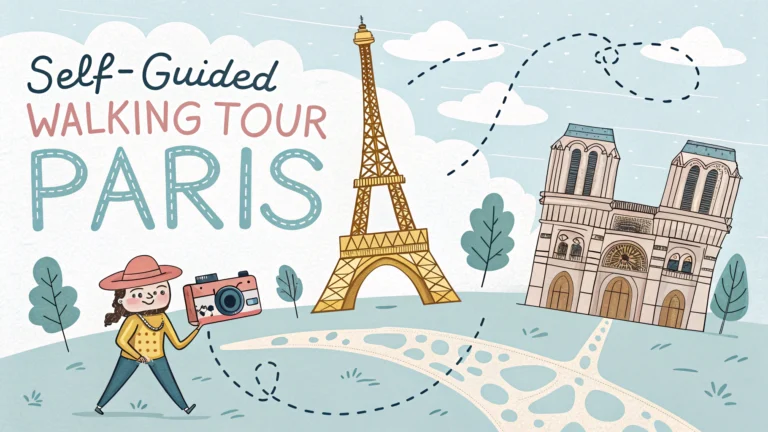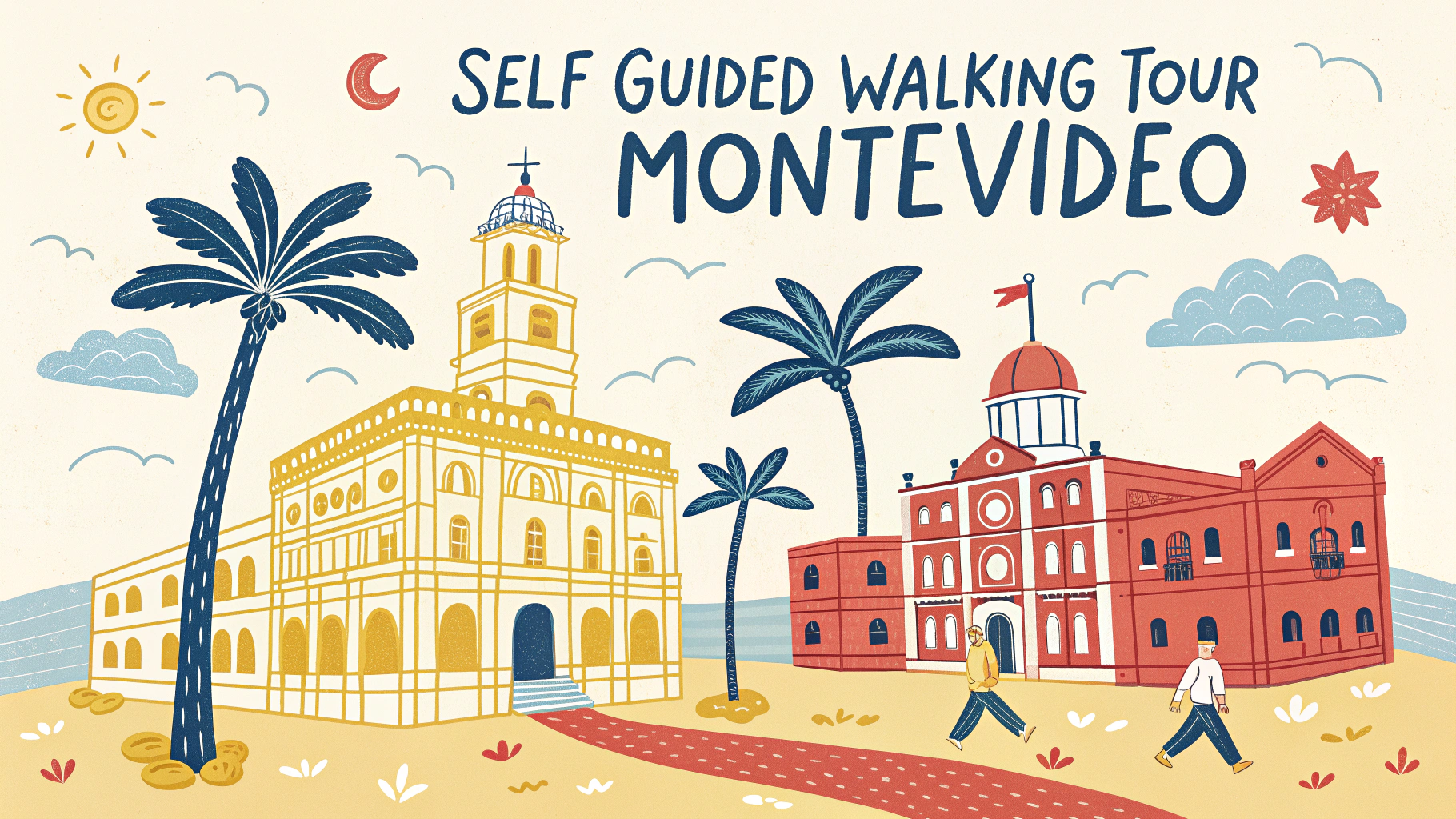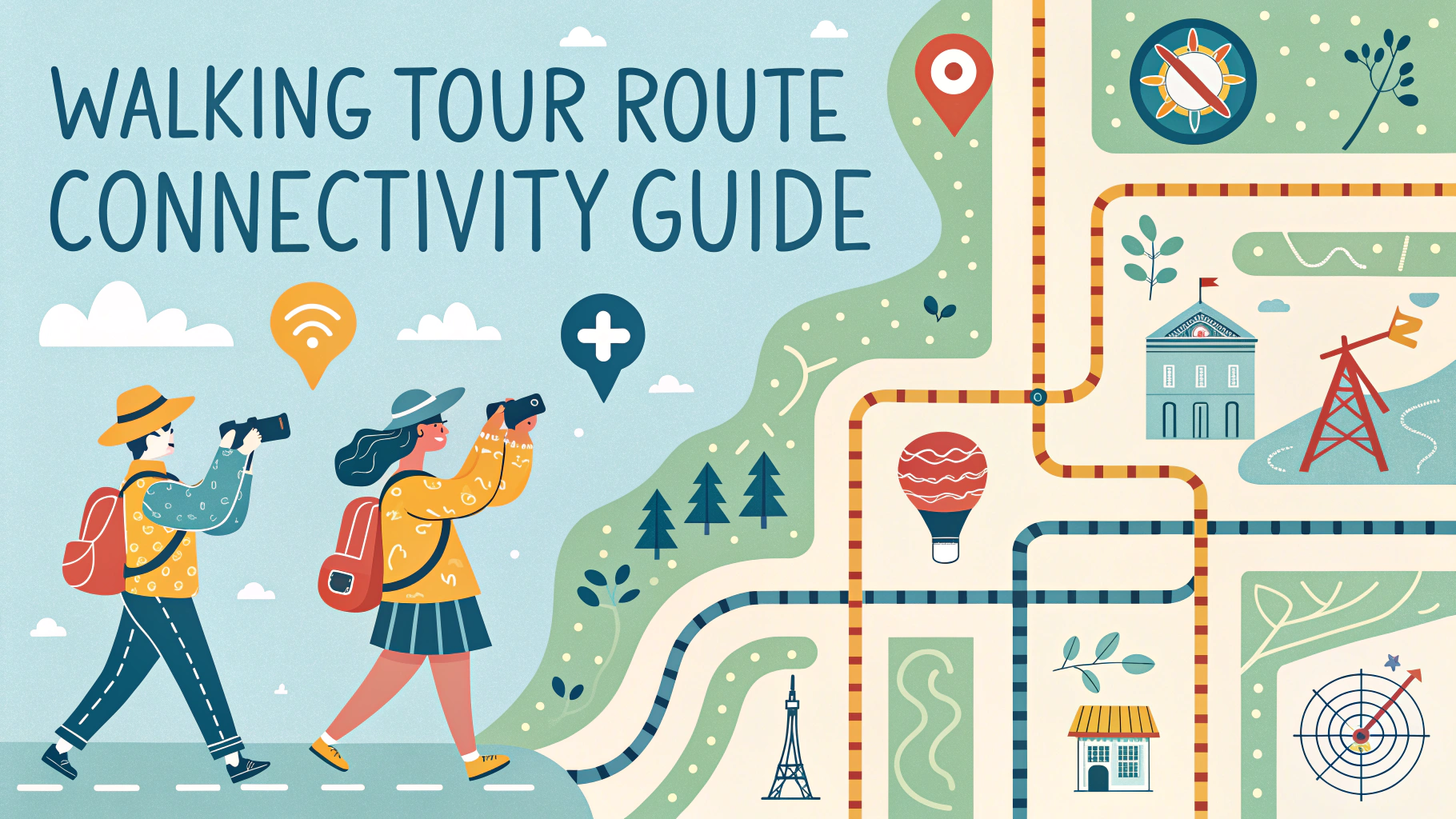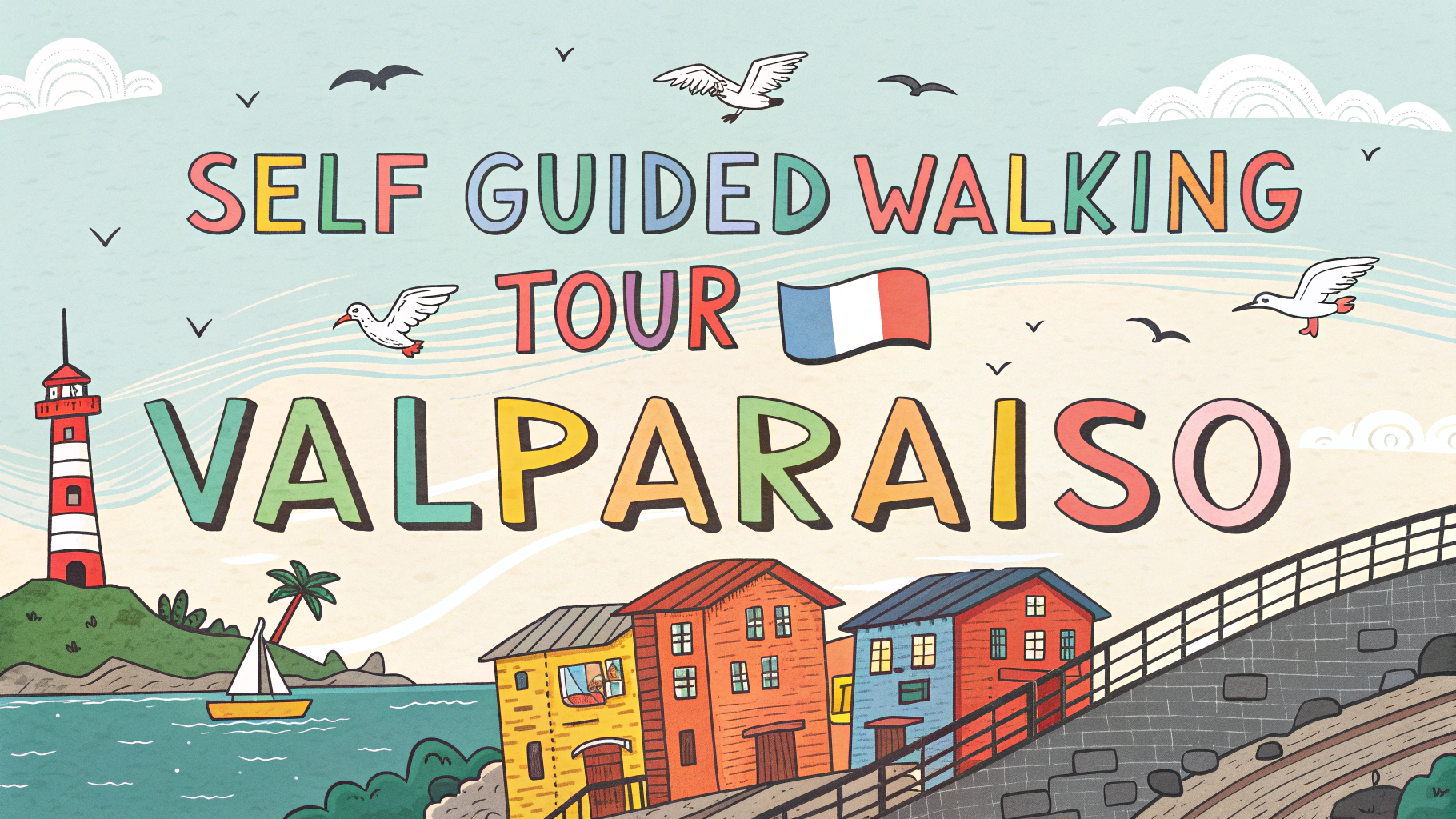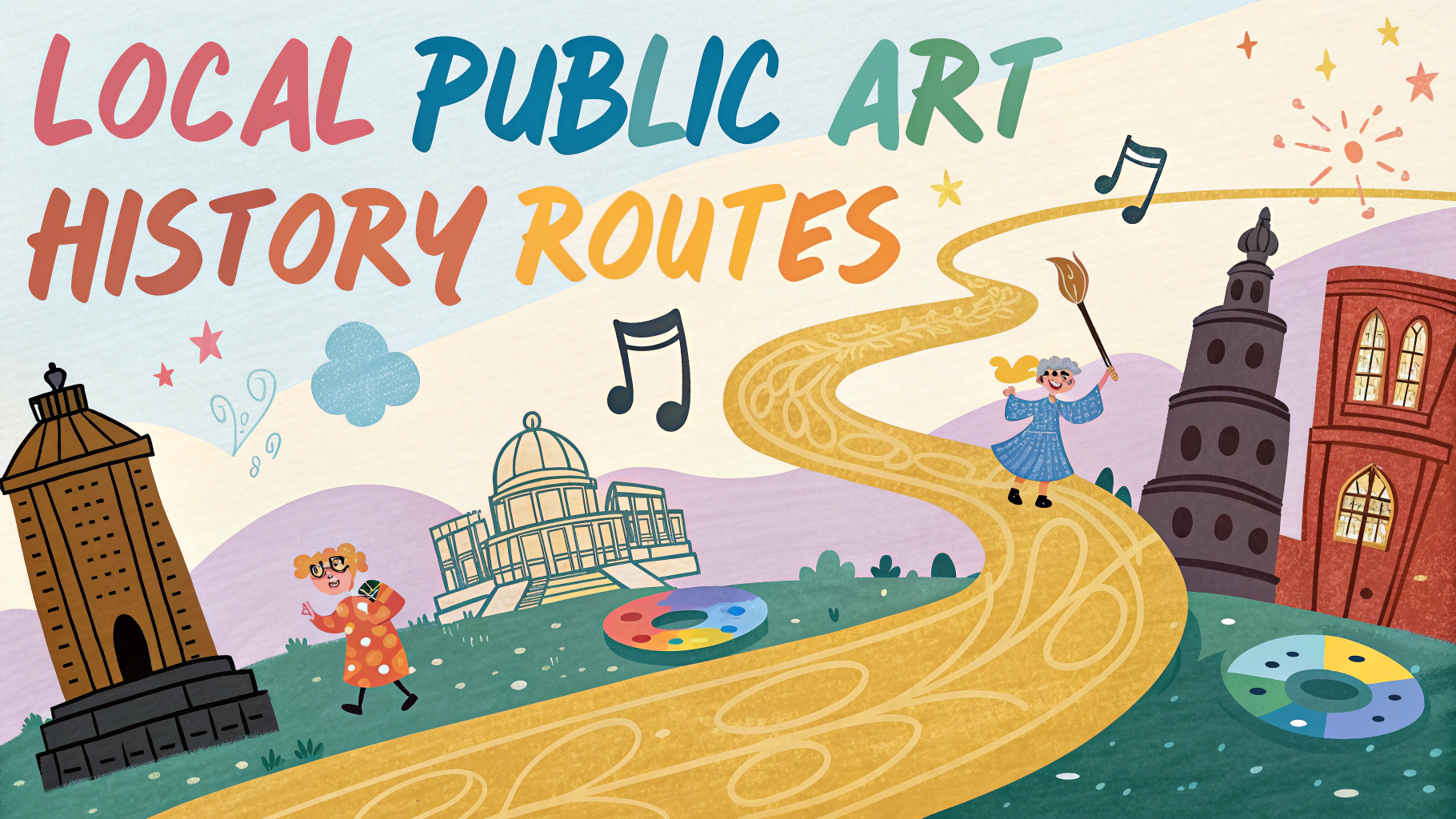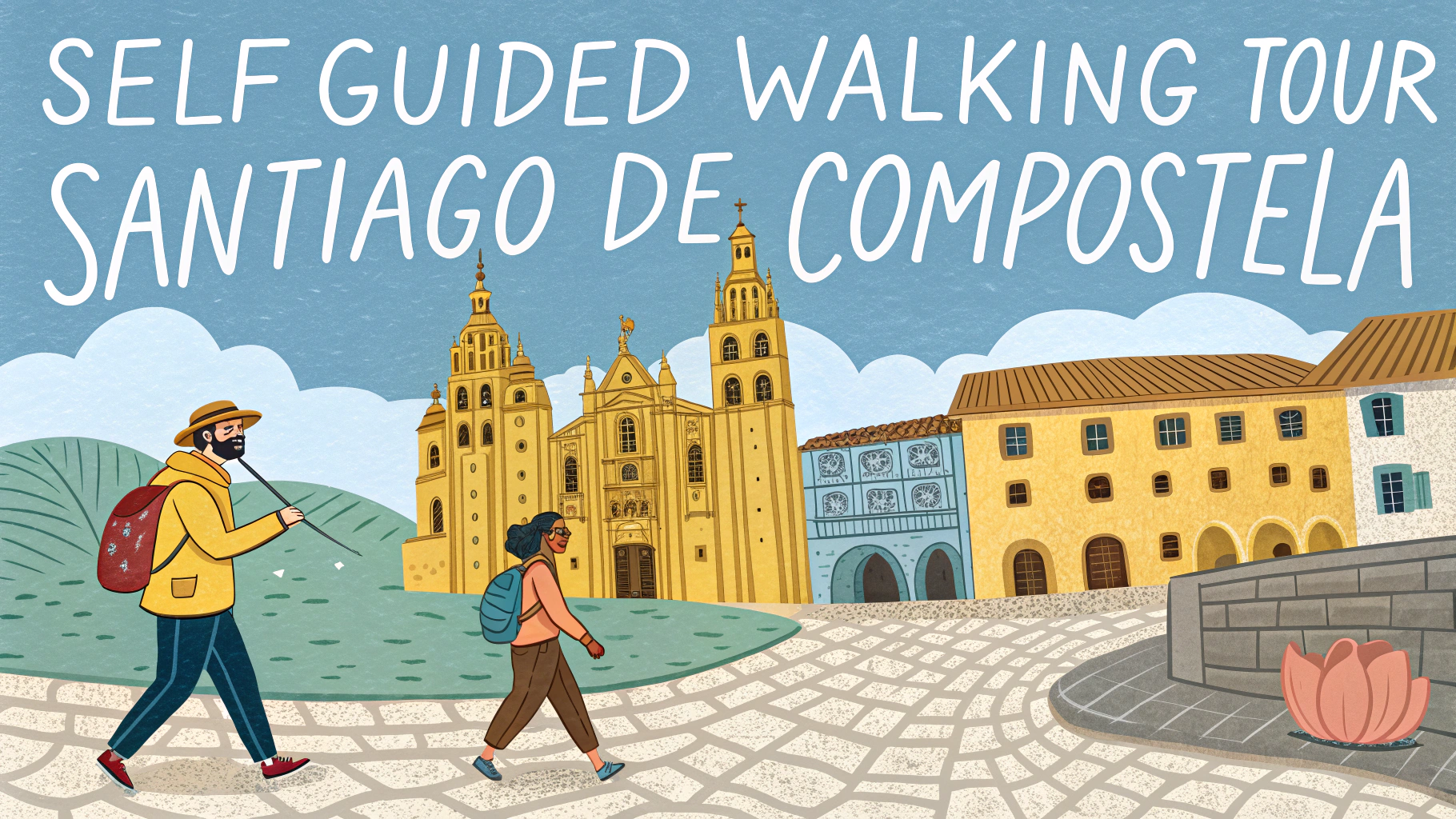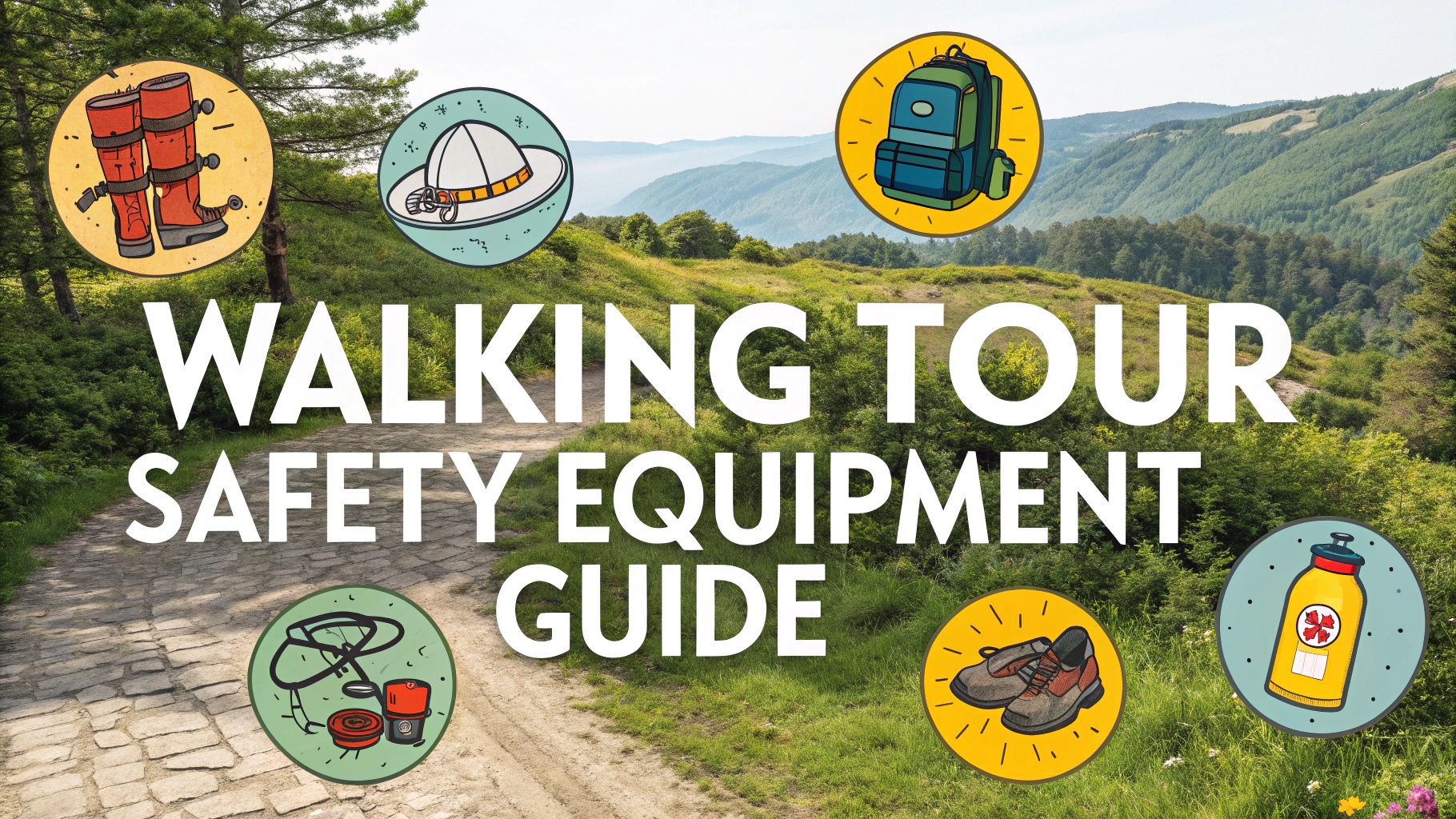Exploring Paris on foot offers the most authentic way to experience the city’s charm, architecture, and hidden gems.
Essential Walking Routes
Start your journey at the iconic Notre-Dame Cathedral (currently under restoration) and follow this tested 4-hour route through the heart of Paris.
- Latin Quarter Loop: Notre-Dame → Panthéon → Luxembourg Gardens (2 hours)
- Right Bank Classic: Louvre → Tuileries → Place de la Concorde (2.5 hours)
- Marais Meander: Place des Vosges → Le Marais → Centre Pompidou (3 hours)
Practical Tips
- Download offline maps using Google Maps or Maps.me before starting
- Wear comfortable walking shoes – Paris streets often feature cobblestones
- Start early (8-9 AM) to avoid crowds and get better photos
- Carry water and snacks – Paris fountains offer free drinking water
Best Photo Spots
| Location | Best Time | Tips |
|---|---|---|
| Trocadéro | Sunrise | Perfect Eiffel Tower views |
| Pont Alexandre III | Golden hour | River Seine + bridge architecture |
| Montmartre stairs | Late afternoon | City panorama views |
Rest Stops & Cafes
- Café de Flore – 172 Boulevard Saint-Germain, historical café
- Luxembourg Gardens – Multiple benches and chairs available
- Place des Vosges – Grass areas perfect for picnics
Safety Tips
- Keep belongings close, especially in crowded areas
- Stay aware of surroundings near tourist attractions
- Walk on well-lit streets after dark
- Save emergency numbers: Police (17), Ambulance (15)
Seasonal Considerations
- Spring/Fall: Perfect walking weather, light jacket recommended
- Summer: Start early, bring water, plan indoor breaks
- Winter: Shorter routes, warm clothing, plan indoor alternatives
Public restrooms are available at major tourist spots and department stores – download the official Paris toilet map app for locations.
Metro stations appear frequently along these routes – grab a ticket (€1.90) for quick returns to your starting point.
Free Walking Tours
- Sandemans – Daily tours at 10:30 AM and 2:30 PM from Saint-Michel Fountain
- Discover Walks – Multiple daily tours, meets at Notre-Dame
Book tours through official websites or show up 10 minutes early at meeting points.
Local Markets Along Routes
- Marché des Enfants Rouges – Oldest covered market in Paris
- Marché Bastille – Thursday and Sunday mornings
- Rue Cler – Pedestrian market street with local specialties
Cultural Etiquette
- Greet shop owners with “Bonjour” when entering
- Keep voice levels moderate in residential areas
- Ask before taking photos of street performers
- Stand right on escalators and metro stairs
Rainy Day Alternatives
- Covered Passages – Historic shopping arcades
- Paris Metro Art Tour – Visit architecturally significant stations
- Museums – First Sunday free each month
Evening Walking Routes
- Seine River Walk: Pont Neuf → Île Saint-Louis (1 hour)
- Champs-Élysées: Arc de Triomphe → Place de la Concorde (1.5 hours)
Conclusion
Walking through Paris reveals the city’s true character beyond major attractions. Plan routes according to season and interests, respect local customs, and maintain awareness for a safe, enriching experience. Consider combining self-guided walks with free tours for historical context and local insights.
Remember to pace yourself and allow time for spontaneous discoveries – some of Paris’s best moments come from unplanned detours and hidden courtyards. Keep metro tickets handy for longer distances or tired feet.
FAQs
- What’s the best time of year for self-guided walking tours in Paris?
Spring (April-May) and Fall (September-October) offer ideal temperatures and smaller crowds. Summer can be crowded and hot, while winter is cold but magical during holiday season. - How should I plan my walking route to maximize sightseeing?
Start at central points like Notre-Dame or the Louvre, and explore one neighborhood at a time. Paris is divided into 20 arrondissements in a spiral, making it easier to navigate systematically. - What are the most walkable neighborhoods in Paris?
Le Marais, Latin Quarter, Saint-Germain-des-Prés, and Montmartre are particularly pedestrian-friendly with numerous attractions in close proximity. - Do I need to pre-book tickets for attractions along my walking route?
Yes, popular attractions like the Eiffel Tower, Louvre, and Catacombs should be booked in advance to avoid long queues and ensure entry. - What safety precautions should I take while walking in Paris?
Stay aware of your surroundings, keep valuables secure, watch for pickpockets in tourist areas, and carry your hotel’s address and emergency numbers. - How long should I plan for a comprehensive self-guided walking tour?
A thorough exploration of central Paris requires 3-4 days minimum, with each neighborhood taking approximately 4-6 hours to explore properly. - What should I bring on my walking tour?
Comfortable walking shoes, water bottle, city map, metro map, power bank for your phone, and a small umbrella as Paris weather can be unpredictable. - Are Paris streets easily navigable for self-guided tours?
Yes, Paris streets are well-marked with street signs and metro stations. Major landmarks serve as excellent reference points, and free WiFi spots are common. - What’s the best way to combine walking with public transport?
Purchase a carnet of metro tickets or a Navigo pass for longer stays. Use the metro to reach starting points of different walking routes or when tired. - Where can I find public restrooms during my walking tour?
Paris has numerous sanisettes (free public toilets) throughout the city, and most major department stores, museums, and cafes have facilities available.
